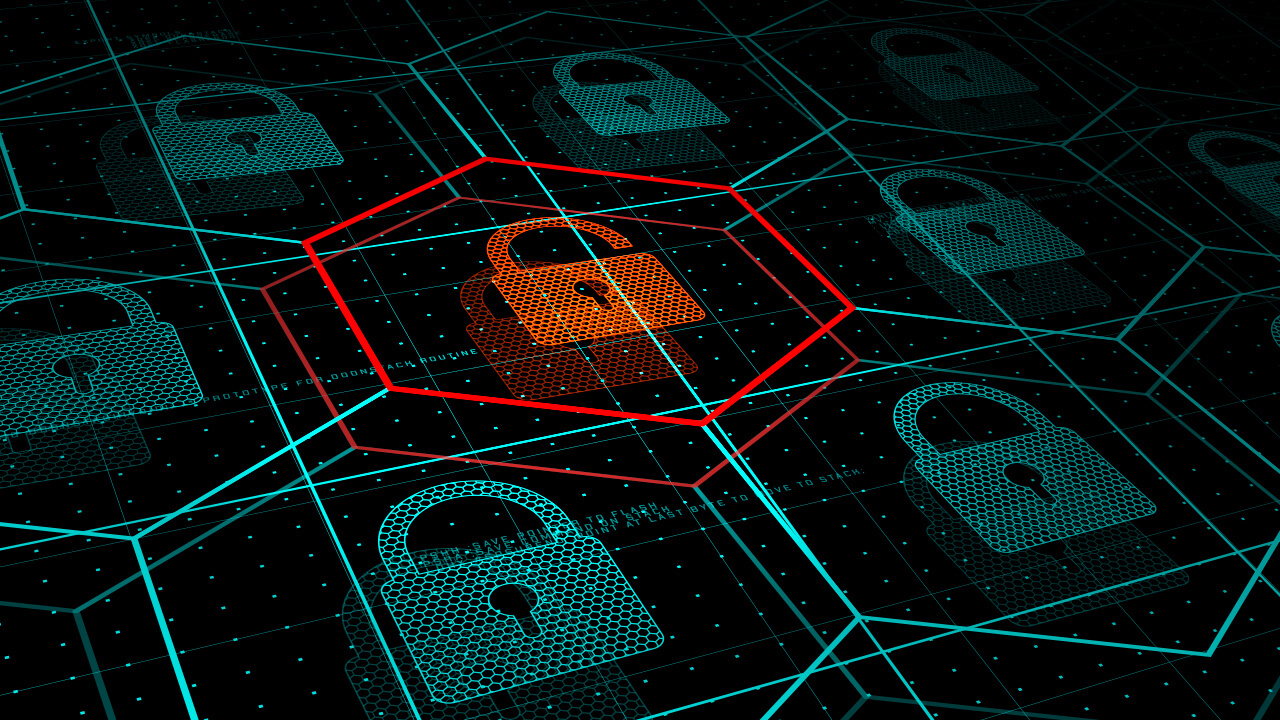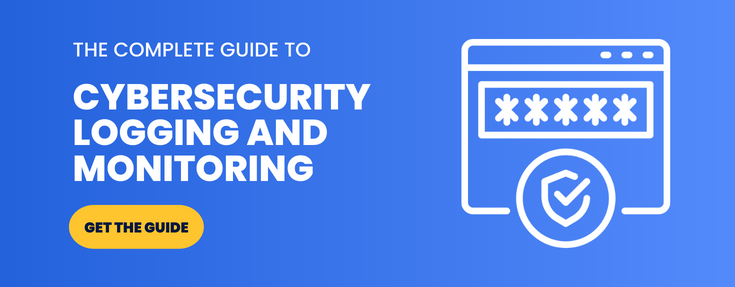What is Vulnerability Management in Cybersecurity?

 By
Jason Miller
·
5 minute read
By
Jason Miller
·
5 minute read
Cyber threats are becoming more of an issue for businesses which is why vulnerability management is becoming absolutely vital. Cyber criminals are getting increasingly creative when targeting businesses. This can have a devastating impact on business reputation and fiscally cripple a company. With threat remediation, it’s possible to identify threats and plan how to handle them effectively.
In this guide, we'll answer three of the most common questions about vulnerability management including: what it is, why it's so important, and how to correctly implement it into your business. Knowing the answers to these questions could save your business from becoming the next victim of a cyber attack.
What Is The First Step of Vulnerability Management?
The first step to vulnerability management is always to complete a risk assessment. This will enable you to identify gaps or issues in your security and then proceed from there.
To perform a risk assessment, you need to make sure that you:
- Gather system, business, and natural related information
- Identify the threats that are impacting your business security
- Discover the weaknesses that could trigger a threat
- Run an analysis to uncover the potential danger of these threats
- Determine the right level of action per threat
If you are unsure how to complete this type of assessment, BitLyft can help you. The next step will be remediation.
What is Vulnerability Management?
Vulnerability management is the practice of identifying, assessing, prioritizing, and mitigating security vulnerabilities in an organization's systems or networks. This involves a continuous process of monitoring and scanning for vulnerabilities, as well as implementing controls and patches to address them. Effective vulnerability management helps organizations reduce the risk of a successful attack and ensure that systems and data are protected against potential threats.
Some of the most common cyber threats include:
- Malware: malicious software such as viruses, Trojans, and ransomware that can infect systems and steal or destroy data.
- Phishing: a type of social engineering attack where attackers use fraudulent emails or websites to trick users into revealing sensitive information such as passwords or credit card details.
- Exploits: vulnerabilities in software or systems that can be exploited by attackers to gain unauthorized access or execute malicious code.
- Denial of Service (DoS) attacks: attacks designed to overwhelm systems or networks with traffic, causing them to crash or become inaccessible.
- Insider threats: threats posed by employees, contractors, or other insiders who have authorized access to systems and data, but may misuse that access for malicious purposes.
Many of these threats begin at the network level and can remain undetected for months.
Is Antivirus Software The Answer?
Since we mentioned malware, you might assume that having a standard (or even an advanced) form of antivirus software will solve all your issues here. Unfortunately, this is not the case. Instead, it’s common for this to only be a starting point and your business will still be vulnerable with this in place.
At the very least, you will need to make sure that you are updating your systems regularly. This will help ensure that there are not crucial flaws in the software that is running behind your business.
However, you will also need to make sure that you are completing threat remediation. After you have determined the threats that you should pay attention to, you then need to put a vulnerability management system in place.
What Is A Vulnerability Management System?
As the name suggests, a vulnerability management system is a platform and set of processes that will ensure you can handle and resolve vulnerabilities. You will then be able to ensure that crucial assets in your company get the right level of protection that they require.
The VMS can involve a range of different features that may be either handled manually or through an automated process of remedying.
Monitoring The Network
This is one of the most crucial elements of the VMS and will usually be handled by an automated system. Here security data will be collected and examined while an escalation response will be prepared. This security data is based on indicators which offer warnings of potential threats.
It’s important to recognize that a vulnerability does not automatically mean that there will be a threat to your system. Instead, it only presents the possibility. Warnings and indicators can help determine whether a threat is imminent so that problems can be dealt with quickly.
Automated Processes In Threat Remediation
There can be various automated processes involved in threat remediation including:
- Providing to-do lists
- Altering configurations
- Updating software that is vulnerable
- Removing potential blind spots.
Some of the more crucial automated processes include scanning and re-scanning your systems while completing and confirming fixes. The system will also pre-test and then apply patches to ensure that a threat will not leave your business vulnerable.
Manual Processes In Threat Remediation
There are also manual processes. For instance, you may need to manually create and establish a security policy and controls. They will be used throughout the entire organization and include servers, network services, applications, and endpoint PCs.
In the past, more processes needed to be completed manually. Today technology can automate many of these tasks. This is more cost-effective and eliminates issues with human error at the same time.
Why Is Threat Remediation Critical?
One report suggests that 99% of cyber attacks that are successful will be accomplished through vulnerabilities that were known about and that the company had been aware of for at least a year. As such, you need to make sure that you are taking steps to diminish issues with vulnerabilities before this becomes a problem. Ideally, you want to catch them either before or while they are occurring.
Without threat remediation you will essentially be leaving your front door unlocked. You can hope that a burglar doesn’t simply try and open it but there’s no guarantee. The right security systems can actually act as a deterrent. The more difficult you make it for a criminal the less likely they are going to be to attempt a potential breach.
Threat remediation is becoming far more popular with business owners and is largely seen as the future of cybersecurity. Rather than dealing with the fallout of an attack, you need to focus on preventing one from occurring. That’s exactly what the right threat remediation service will guarantee.
Benefits Of Vulnerability Management
Through threat remediation, you can make sure that any faults with software that could be impacting security are immediately addressed and handled effectively. This is often a missed detail and it can leave a serious gap in your protection. You can also make sure that a new security threat is addressed immediately rather than leaving it to fester underneath the surface. The software can be changed to guarantee that it is less vulnerable to an attack while automated processes continue to operate all the time, protecting your business.
Can You Fix All The Issues At Once?
This is virtually impossible. Instead, you will need to determine what threats are the major concerns. That’s why classification will always be part of a VMS. So, you’ll be able to determine what needs to be fixed immediately.
Different VMS systems provide various identification levels and markers. When alerting you of potential risks most will also highlight which one(s) need your immediate attention. This isn’t unlike when an antivirus software provides details on threats to a computer system. The worst viruses are highlighted in red or may have even already been dealt with for you.
The Final Step in Vulnerability Management
The final step is to make sure that your VMS is working effectively and providing the key solution that you need. This can be quite complicated because a VMS can involve countless different processes, particularly on an automated system. It’s not enough to just know the threats exist. You need to understand where they are in the system and how to handle them effectively.
Training is crucial to this process. You need to strive to build up a business environment where employees are completely empowered to recognize and handle potential threats.
While you can complete threat remediation manually, this is not advised. It’s going to be a slow and painful process and there’s always the chance that you’re going to miss critical elements. These could slip through the cracks, leaving your business vulnerable. With an automated system, multiple processes can be completed at the same time and leave you to focus on other areas of your business model. An automated system can also ensure that issues are handled like clockwork on a regular schedule that you can rely on.
Remediation can be incredibly overwhelming if the right plan and process are not in place. At BitLyft, we can help ensure that you have the right system up and running with security automation. With automation in place, you can access a security solution that is completely efficient and scalable for your needs.

